A new study by Texas A&M University has uncovered an ugly truth of climate change in Texas.
Hurricane season could be soon getting worse in the Lone Star State due to rising sea levels on the coastlines.
Study Determined Long Term Weather Changes

The study was conducted by a professor and state climatologist at Texas A&M University, John Nielsen-Gammon.
His team found that the weather conditions in the state are soon to become dangerous. The findings analyzed data from the years 1900 to 2023 to estimate how the weather patterns will change through to 2036.
Findings Were Alarming

The rising sea levels in the Gulf Coast have increased the risk of hurricanes in the area.
Increasing levels of water and flooding will also raise the damage and severity of storm surges. When the land becomes clogged with water, there is no way for the ground to absorb any extra water in the case of a hurricane or flooding.
Massive Damage Is Imminent
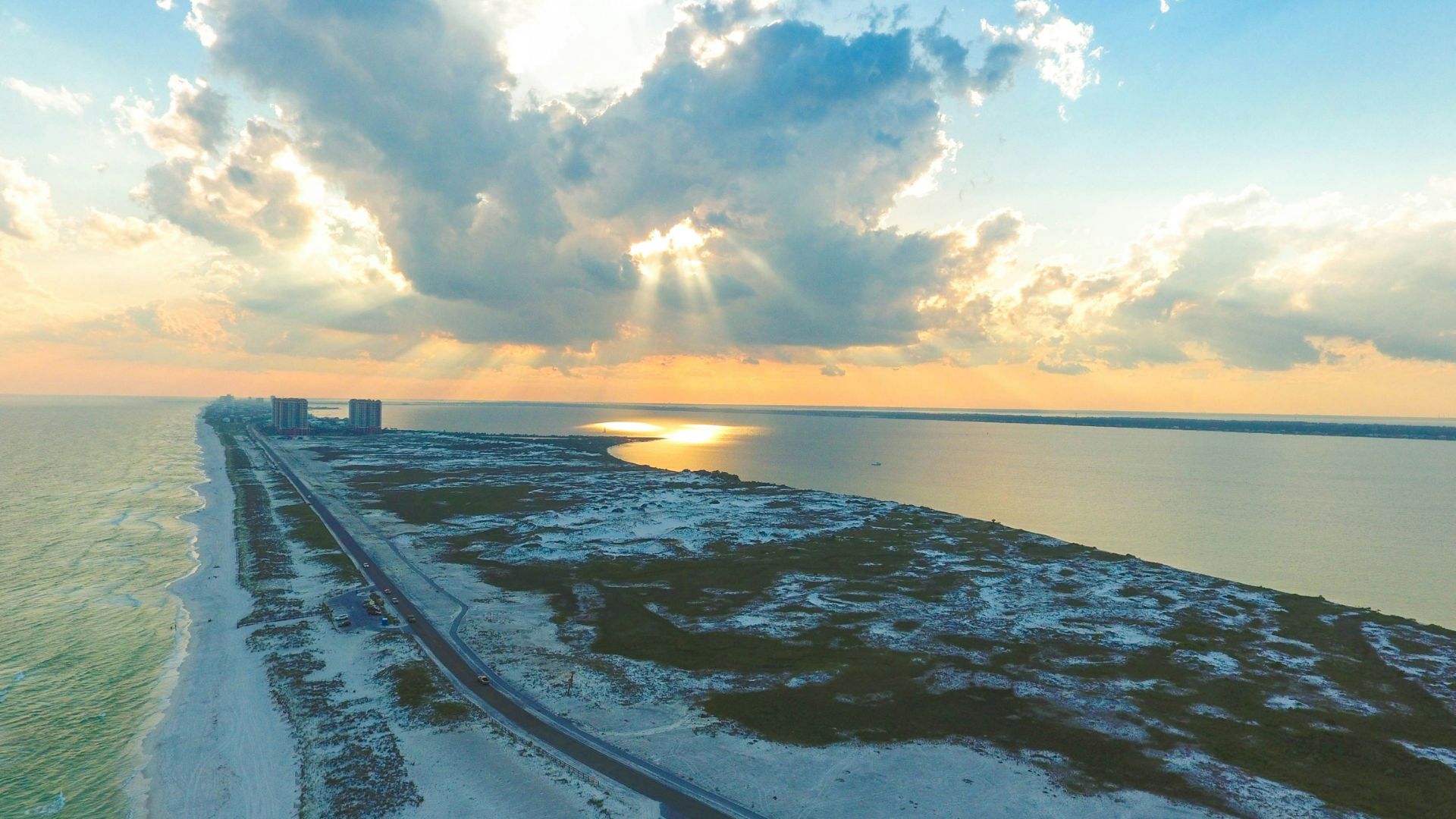
When ground, soil, and root systems becomes full of water, storms extremity increases and the possibility of buildings and homes becoming damaged increases.
The researcher also warned that the dangers caused by global warming and sea level rise may be too late to combat.
Extreme Weather Is Becoming More Common

Nielsen-Gammon also noted that historically, Texas has been incredibly susceptible to droughts and hurricanes along the coastal region.
He fears that the extremes of both sides will cause permanent damage to the land and the infrastructure in the state.
Global Warming Impacts Extreme Weather Events

Global warming does more than change the temperatures on the planet. However, temperature change alone is enough to cause deaths in already cold and warm places.
Instead, the biggest worry of climate change is the way it affects the extremities of weather events. Things like snow storms, hurricanes, and tsunami’s can become more extreme due to the changes in the climate.
Wildfires in the State Also Impact Weather Conditions
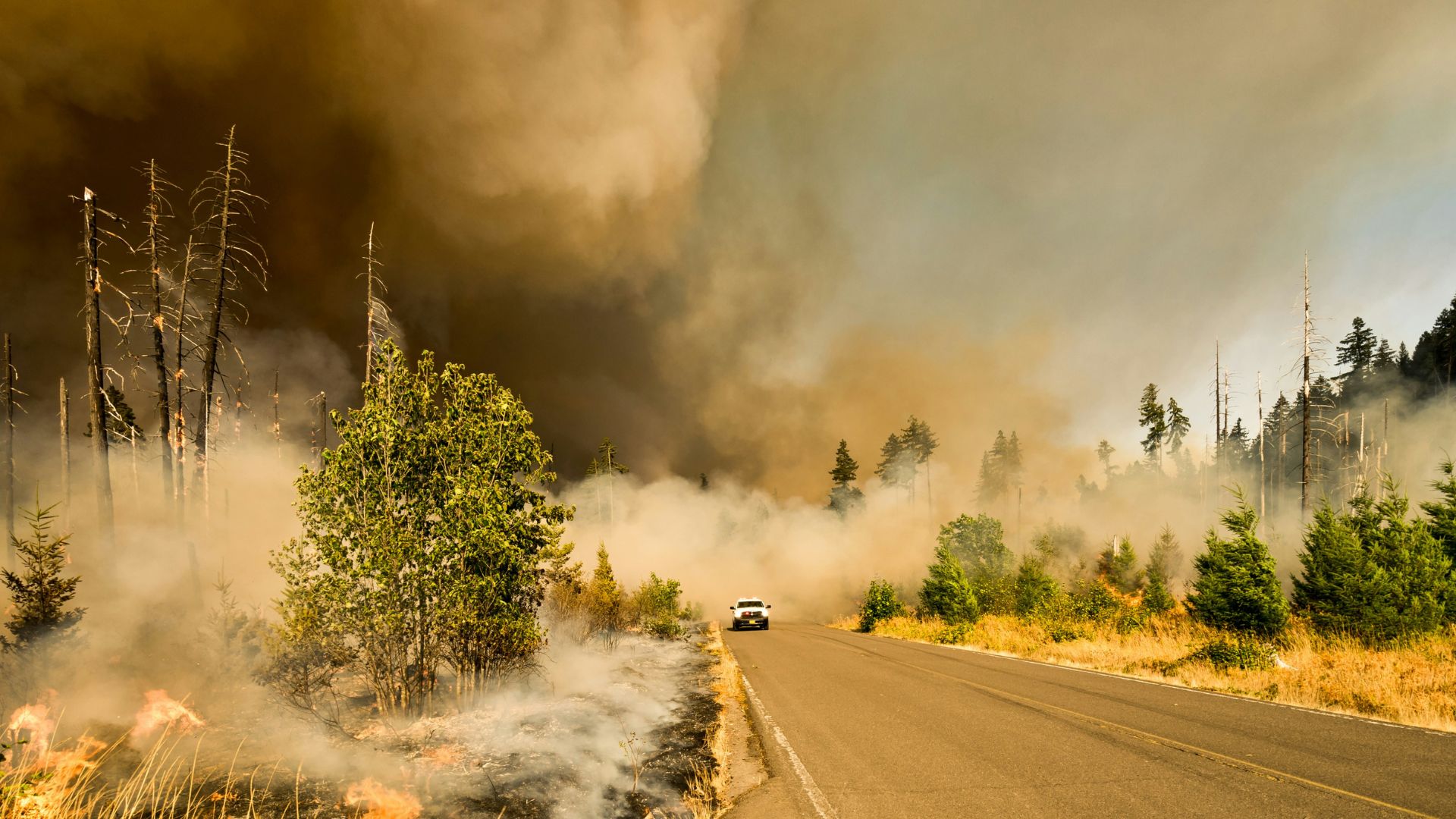
The risk of wildfires has increased in recent years in Texas due to the extreme droughts and dryness experienced in summer months.
As well, the dry air and heat waves during the winter all contribute to the prevalence of wildfires. After full forests and densely brushed areas burn down, the root systems can no longer absorb excess water from storms. The inability for land to absorb water causes floods and massive infrastructural damage.
West Texas Most at Risk
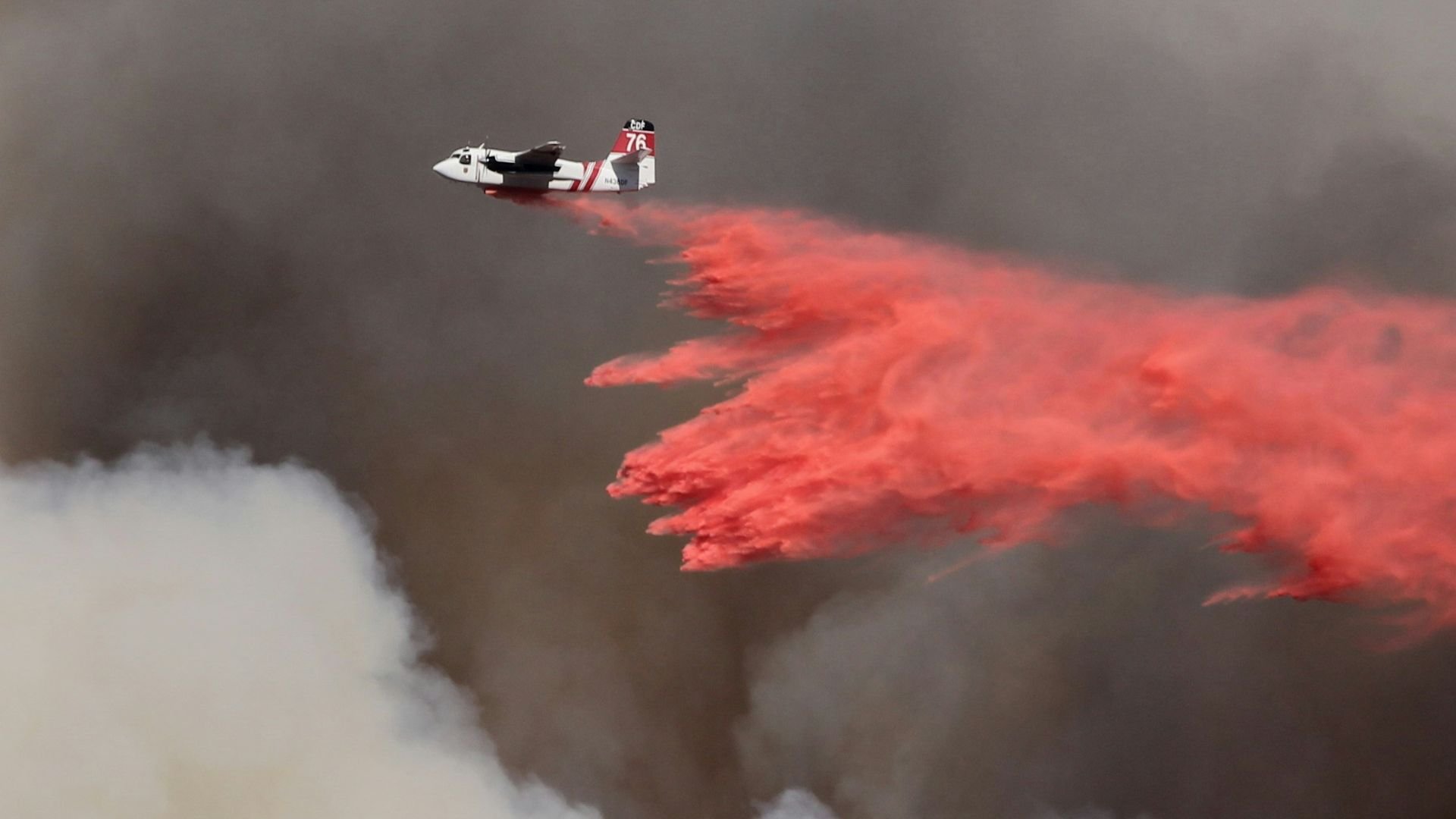
Although the coastal region is most susceptible to hurricanes and flooding, West Texas has a thick layer of forest and grass fields that will be particularly at risk in the coming years.
Experts are concerned that the area will be impacted heavily by wildfires in the future.
More Texas Specific Studies Are Needed
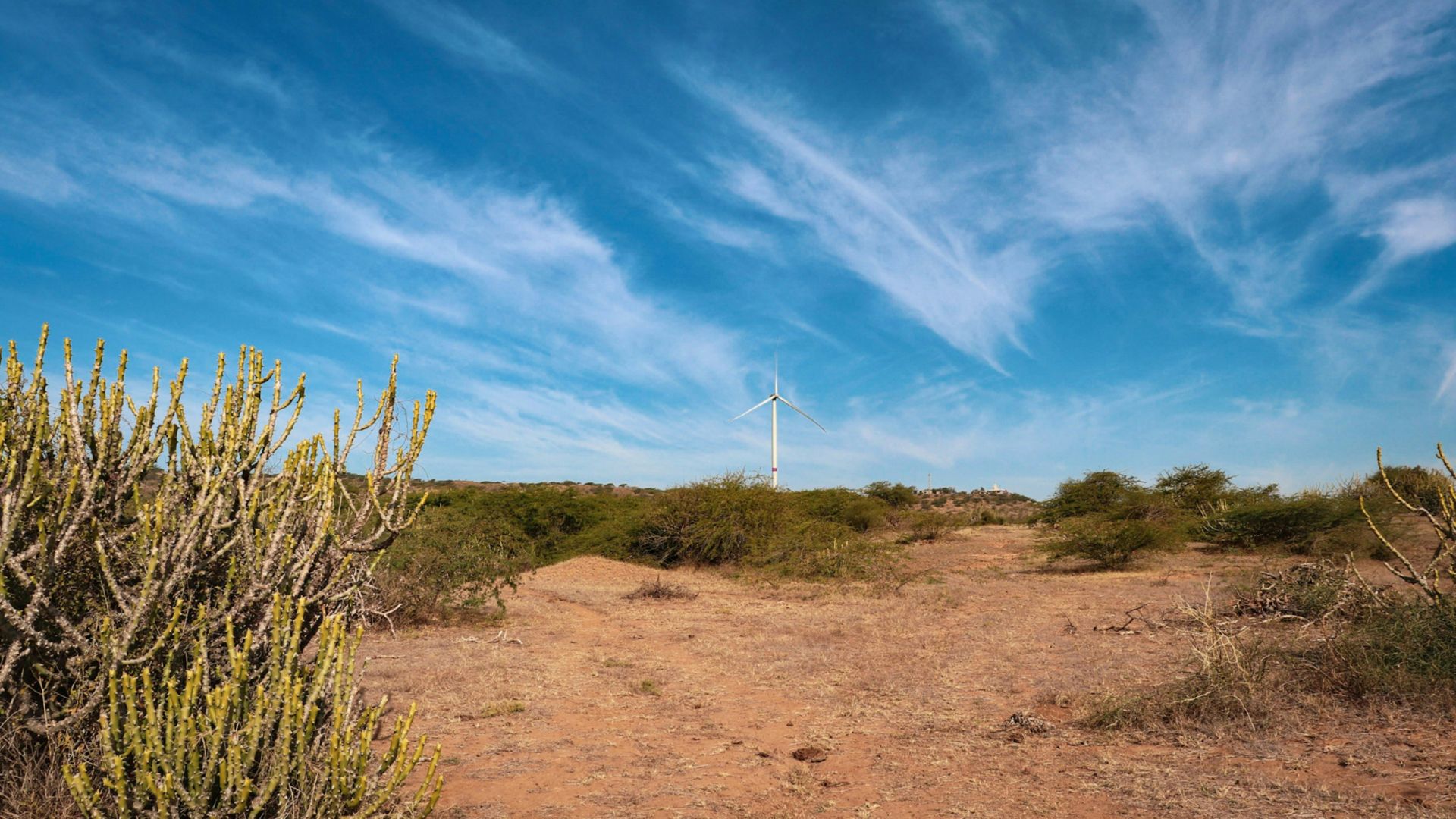
Researchers also note that more Texas specific studies are needed due to the extremely delicate climate of the state.
The massive differences in ecological climates throughout the 268,597 square mile large state make it one of the most unique places in the world.
Weather Continues To Threaten Texas Agriculture
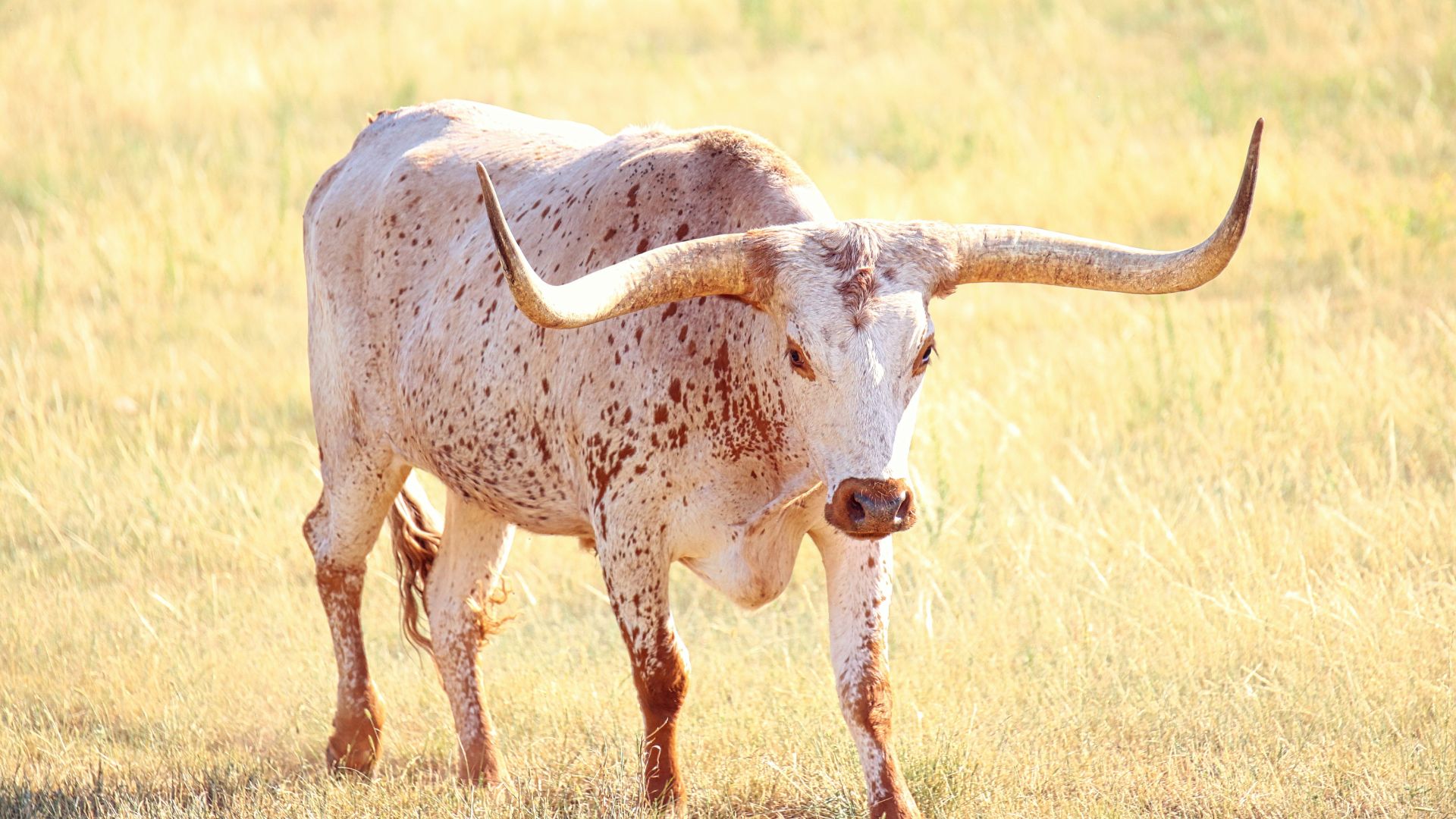
Fears of prolonged droughts, extreme storms, and wildfires have already affected drinking water supplies and agriculture in the state.
Large numbers of cattle farmers may struggle to supply food and water to their crops. Similarly, farmers may face increasing challenges to produce healthy fruits and vegetables.
Hottest Summers on Record

In the past two years, Texas has experienced the hottest summers on record. The new study published by Texas A&M finds that these trends are set to continue well into the future.
The number of 100-degree days continues to rise at alarming rates and could triple in the next few years. The water surface supplies have also become less rainfall due to increased evaporation and erratic rainfall.
Texas Is Not the Only State Suffering
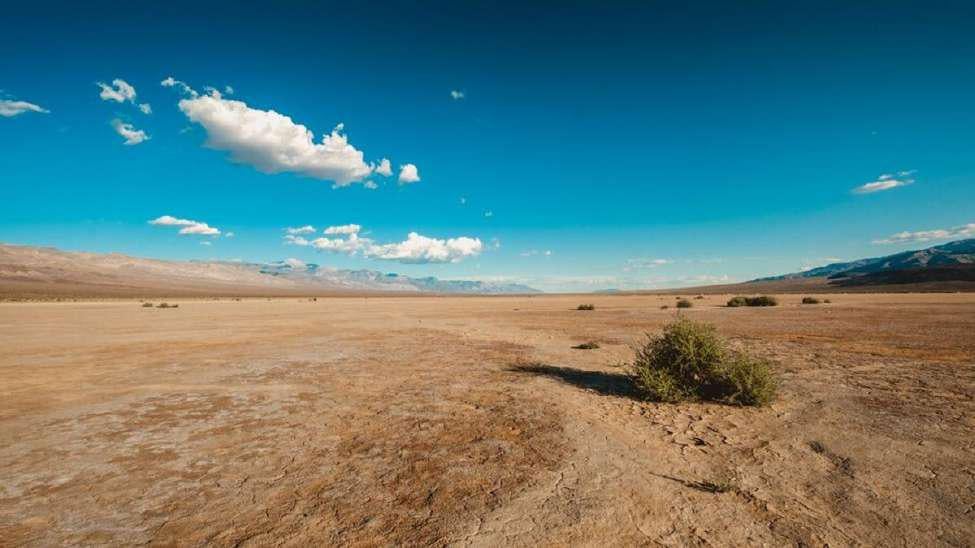
Aside from Texas, other western states like Arizona and California will also experience record hot summers and droughts in the coming years.
Louisiana is also at heightened risk for hurricanes due to the flooding and water levels in swampy shores. Scientists like Nielsen-Gammon hope that they can add more information for officials to make informed decisions in the future.








































